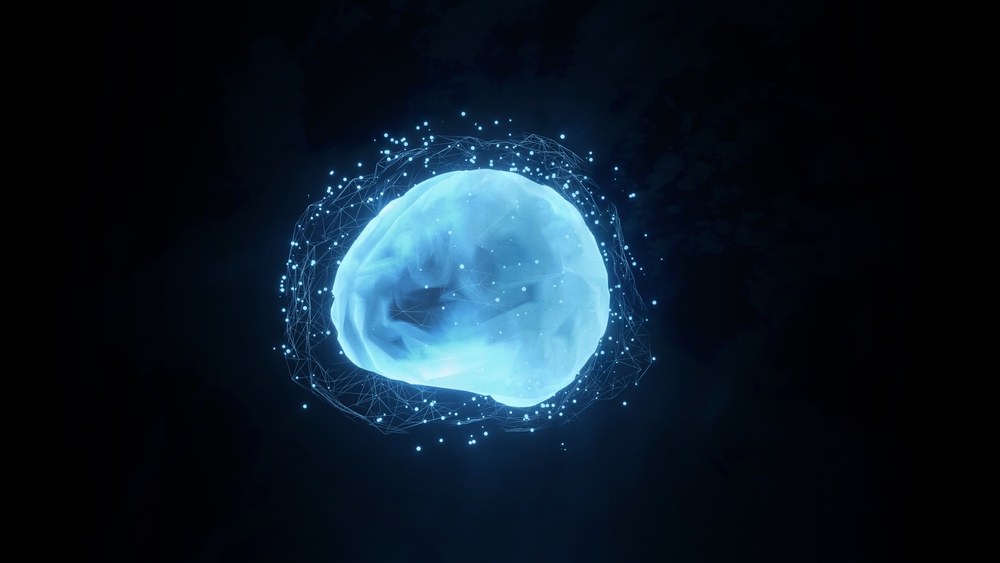The “deep tech” revolution is underway. Here’s how it will affect things.
Technology Has Always Driven Our Collective History.
We must debunk the myth that we are “living in a period of change.” The entire history of civilization has been defined by change—particularly technological change. This is what distinguishes and propels us as a species. Change is accelerating and will most likely accelerate even further.
This is not a new phenomenon in our history. Human nature demands constant progress. Many technologies will shape our world for decades to come, and because of their rapid adoption, there appears to be confusion about what these technologies are and how they work.
Currently, it seems like Future is for anyone who wants to learn about the technologies that are transforming industries, governments, and societies around the world. From a high school student to a Ph.D., a trainee to a CEO, a journalist to an engineer, a lawyer to an athlete—anyone interested in what’s going on, how we got here, and where we’re going.

Where Science Meets Technology In The Deep Tech Revolution
What is remarkable about current technological changes is that they are at the crossroads of a series of extraordinary advances: faster microprocessors, cheaper digital storage, ubiquitous access to information, efficient algorithms, and a growing understanding of natural laws. These ingredients, which have been in the works for decades, are critical enablers of the Deep Tech Revolution.
Deep tech is the intersection of science and technology. It is a place where PhDs and subject matter experts can apply their knowledge and turn it into systems, devices, prototypes, products, and methodologies. Deep tech firms are effectively constructing the world economy’s future one technology at a time: robotics, biotech, nanotech, artificial intelligence, self-driving vehicles, energy, aerospace, and agro-tech the list is endless.
Learn From Past mistakes.
Did you know that by the end of the nineteenth century, electric vehicles accounted for one-third of all vehicles on American roads? Or that streaming technology existed since the 1920s?
“History does not repeat itself, but it frequently rhymes,” Mark Twain said, explaining how we can use the past to try to predict the future. If we can see our future by looking to the past, we will see extraordinary changes over the next few decades. No field of knowledge will be immune to changes in processes, models, implementations, methods, and results, from law to engineering, medicine to journalism, entertainment to manufacturing, economics to education.
Since everything we have today was once a part of someone else’s vision of tomorrow, the future has always been present in our lives. More jobs, careers, businesses, and empires will be created. Others will vanish or transform into something entirely new. The rate at which the world will undergo these transformations is accelerating.
What are these new technologies going to be? What effect will they have on our lives, jobs, and homes? How will governments, brands, industries, and services respond? How can we capitalize on the opportunities that will arise while avoiding obsolescence? The challenges we will face in this rapidly changing world are immense, and no industry will survive without significant changes.
Explore The Future And Understand The Present.
Will technology improve or harm job prospects? New technologies have elicited a wide range of reactions in the workplace throughout history. When modern economic science was born, a nearly answerless debate began: Does technological unemployment (job shortage caused by machine substitution for human labor) exist? Until now, innovation has been the catalyst for so-called creative destruction, in which jobs are not eliminated but rather transferred to other sectors, such as agriculture to services.

Since a wide range of new technologies has entered many industries at the same time, the onset of the Fourth Industrial Revolution has heightened the debate about technological unemployment. The mechanization and modernization of agricultural activity shifted a significant portion of the labor force from the fields to the cities—less than one-third of the world’s labor force is in the fields, and this figure is less than 5% in developed countries.
New technologies are allowing ideas that were previously restricted to science fiction to gradually build a more present future: integration of artificial and biological systems, learning techniques for communication between machines and their parts, and the extension of physical reality into virtual reality. The unprecedented speed and depth of this revolution are due to an auspicious convergence of factors, including increased processing power in computer systems, falling data storage unit costs, smaller equipment and sensors, and algorithm evolution.
Identify The Impossibles: Energy, Longevity, And Urbanization.
“New technologies are allowing ideas that were previously restricted to science fiction to gradually build a more present future.” I try to concentrate on advances that address “inevitabilities,” such as longer life spans, population growth, rising energy demand, and increasingly complex systems. Understanding how these technologies work and their extraordinary origins are critical to fully appreciating their impacts on our futures and ensuring that their social and environmental impacts are not overlooked.
Consider the topic of energy. With our increasing reliance on technology, energy efficiency and the development of equipment to produce, store, and distribute it are critical. Since the First Industrial Revolution (which began in the mid-1700s with the popularisation of the steam engine), society has increased its demand for energy, resulting in higher levels of pollution.
According to studies conducted by the National Oceanic and Atmospheric Administration, the concentration of carbon dioxide in the atmosphere has increased by 40 percent over the last 250 years, owing primarily to the combustion of fossil fuels. That is one of the primary causes of the greenhouse effect, which has been raising global temperatures with potentially disastrous consequences for biodiversity and the environment.
Longevity is another excellent example. The decay process of the organism has come to be regarded as a disease in and of itself. Trillions of dollars are being invested in research, diagnosis, medical procedures, and medicine as people live longer lives. Longevity is becoming increasingly important in research institutions, universities, and privately held businesses.
According to the National Institutes of Health, nearly 16% of the world’s population (about 1.5 billion people) will be 65 or older in 2050, up from only 8% (525 million people) in 2010. We are living longer lives regardless of country, social class, or gender.
Finally, consider that the world population increased from less than a billion in 1800 to 7.7 billion in 2019, while the percentage of the population living in cities increased from 3% to 55%. Population growth in urban areas, as well as behavioral changes in society, such as increased environmental awareness and new ways of using goods, are driving up demand for transformations.
According to the Population Reference Bureau, the percentage of the world’s population living in cities will reach nearly 70% by 2050, with this figure reaching 75% in developed countries. This translates into a migration of nearly 1.5 billion people toward cities—50 million people per year, roughly the population of Colombia or South Korea.
Change happens all the time, right in front of our eyes. We don’t notice our children’s growth because we see them every day, but it only takes someone who doesn’t see us on a regular basis to say, “They’ve grown so much!” to remind us of time’s relentless march. We must maintain a critical perspective and keep an eye on the developments of the ongoing exponential changes.
These are necessary skills for humans, who are surrounded by our own creations—the fruits of hundreds of generations of dreamers, creators, and inventors. The future is more than just the present. It is a gift. Make good use of it.







